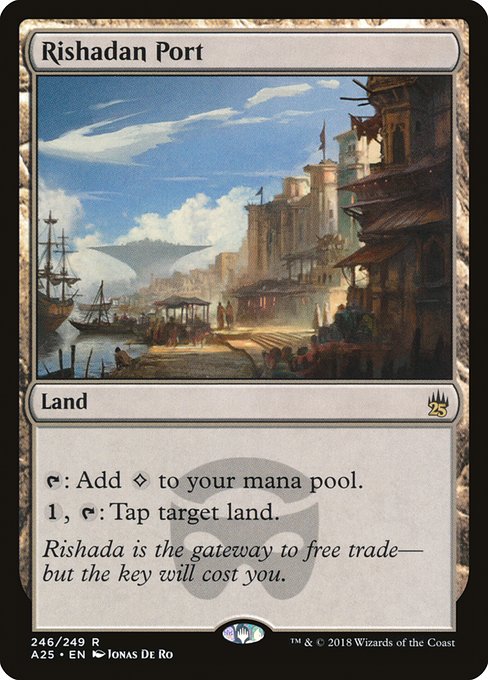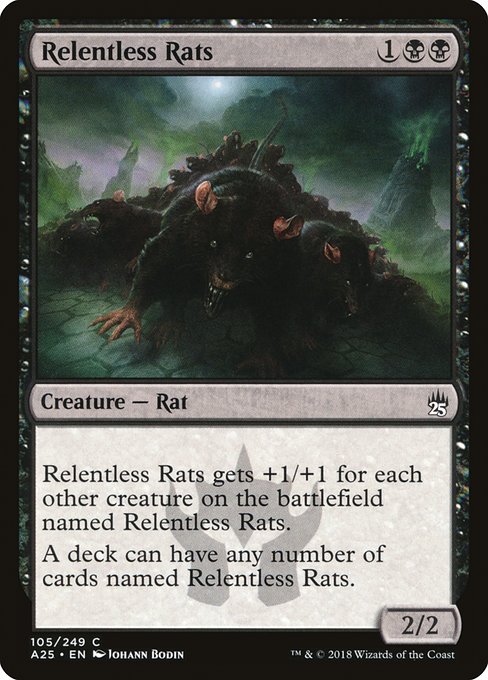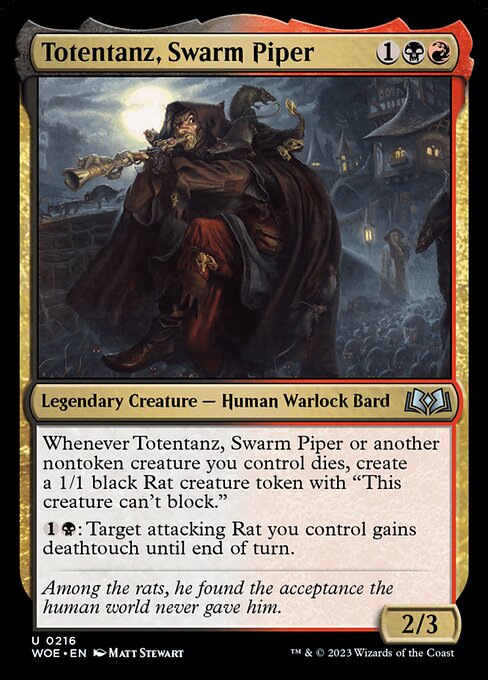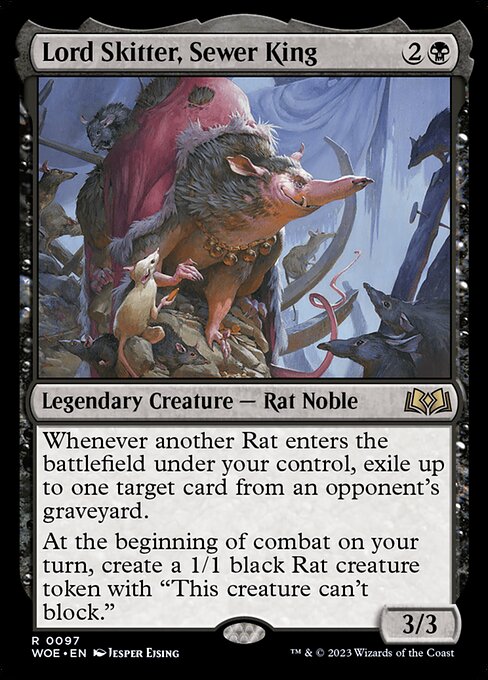The Black Death swept across Eurasia in the 14th century, killing millions–in more rural areas, it decimated populations, but in urban centers, researchers estimate it may have killed as much as 50% of the population. There’s scholarly speculation that the death toll was so intense that it directly contributed to the “Little Ice Age” that began around the same time–so few workers were left to tend to agriculture that reforestation led to carbon removal and a global cooling over the North Atlantic. Records aren’t terribly dependable, so we don’t have a full accounting, but those lost to plague were counted in the millions and the disease appears to have had about a 75% mortality rate. Death came within about a week of initial infection.

At the time, physicians believed disease was caused by either metaphysical means or by toxic vapors emerging from cracks in the earth (known as the miasma theory of disease). These were the progressive physicians of their time–by way of contrast, common belief was that disease was caused by the presence of marginalized people, whether Jewish or Romani. There were massacres and pogroms of these groups and targeted killings of people suffering from unrelated illnesses.
Note that I’m not a microbiologist, but here’s the basic vector of the Black Death: Yersinia pestis, the plague bacteria, creates a blockage in the thorax of a flea, starving them out and leading them to feed more aggressively and spread the bacteria to the creature whose blood the flea is sucking. As these fleas fed on rats–and as rats were common stowaways on ships–the spread of the bubonic plague was facilitated by trade between port cities, from North Africa to Europe to the Middle East. In cities, where people were concentrated, it spread via both flea bites and by contact with the infected.

I think about the Black Death a lot for reasons both obvious and obscure–my background is in British literature, and the plague is soaked into the history of England. It’s deeper than Britain, though: the Black Death is one of the most important events in human history–it uprooted the feudal social order, broke traditional patterns of thought and behavior, altered the nascent global economy, and catalyzed widespread social movements, from British peasant revolts to (debatably) the Italian Renaissance.
Magic, being based in Euro-American fantasy, which is itself deeply indebted to medieval Europe, relied on Black Death tropes from day one. Alpha brought Pestilence and Plague Rats, which, as Old Fogey would later reference, was at the center of one of Magic’s earliest collector frenzies, as players scrabbled for two dozen or so Plague Rats. The four-of rule punctured that dream, but it set a precedent: Magic’s rats cared about a critical density of Rats, at which point they became inevitable.

Cards like Swarm of Rats and Fifth Dawn’s iconic Relentless Rats continued this trend, with Kamigawa Block bolstering the vermin horde and eventually cementing Rats as a popular Commander deck. Relentless Rats and Rat Colony let you break the bedrock rules of Commander or combo out with Thrumming Stone, whether you’re building a massive army with Marrow-Gnawer or poisoning the table with Karumonix. Rat fans have been well serviced by Wizards, and never more than right now as we return to Eldraine.
Eldraine is one of Magic’s planes most directly influenced by European cultural myth, which extends to the cultural impression of Rats. The dubious hygiene and agricultural storage techniques of medieval Britain meant that rats were a constant nuisance and, at times, a vector for plagues and outbreaks. In a world of antibiotics and pesticides, rats are more of an irritating infestation than a harbinger of death, but we can still use Eldraine’s rats to put the fear of the plague into our opponents, particularly in Limited. Wilds’ Red-Black archetype is an inversion of the Pied Piper of Hamelin story, with Totentanz, the vindictive busker, sicc’ing an army of rats on the town of Edgewall after being gifted a magic flute by Lord Skitter, the rat king.

A side note: as a name, “Totentanz” is directly lifted from Franz Liszt’s Totentanz, which translates to “Dance of the Dead,” a suitable name for our sinister piper. It’s a piano piece that itself directly lifts its theme from the medieval Gregorian chant known as “Dies irae.” Dies irae, or “The Day of Wrath,” is one of the most recognizable phrases in Western music–you can hear it as a motif in Sondheim’s “The Ballad of Sweeney Todd,” Danny Elfman’s “Making Christmas,” and the credits to The White Lotus. Like the Wilhelm Scream, once you hear it, you can’t stop picking up its use in movies and television.
I was never a Relentless Rats/Rat Colony player–my main problem with Magic is shaving down my favorite cards to 75 or 99, and so I’ve never been drawn to decks that allow you to break the four-of rule. I am, however, a fan of Rats as a creature type, and have had success with the archetype in Eldraine Limited, where Twisted Sewer-Witch and Gnawing Crescendo are becoming high picks for me. In Standard, where the bombs are Sheoldred, the Apocalypse instead of Decadent Dragon, the bar is higher for competitive rat-wrangling, but I have hope.
My experiences with Wilds Limited started me off in a Rakdos mood, thinking it was the best home for my pet card Mishra, Claimed by Gix–Mishra into Song of Totentanz is ridiculous, after all–but I wasn’t able to pipe up a critical mass of Rats, even running less-than-ideal cards like Tangled Colony. Ravenous Rats may have cut it back in 2002, but twenty years later, Nezumi Informant doesn’t impress. My Karumonix would whiff, my Song of Totentaz would be blanked by their 2/2 Humans, and my Lord Skitter would square off poorly against their Sheoldred.

So, leaving Totentanz behind, I pivoted to a deck that performed exceptionally well for me last season: Orzhov tokens. While less verminous in vibe than the Rakdos Rats, Lord Skitter was exactly what this deck was looking for as a prophylactic against Atraxa and a source of cheap tokens:
4 Regal Bunnicorn
3 Adeline, Resplendent Cathar
3 Lord Skitter, Sewer King
4 Mondrak, Glory Dominus
1 Devouring Sugarmaw
4 Skrelv’s Hive
3 Go for the Throat
4 Rite of Oblivion
3 Virtue of Persistence//Locthwain Scorn
4 Wedding Announcement
2 The Wandering Emperor
1 Sorin, the Mirthless
1 Ashiok, Wicked Manipulator
4 Shattered Sanctum
4 Caves of Koilos
3 Mirrex
2 Restless Fortress
5 Plains
5 Swamps
Shockingly, Devouring Sugarmaw (or, more accurately, Have for Dinner) is great in the deck–when you’re trying to maximize permanents for Regal Bunnicorn, it’s a flexible spell that can boost the Rabbit Unicorn mid-combat. Turns out, all this time I’d been trying to make Urborg Lhurgoyf work in Standard, I should have been focused on the unassuming Bunnicorn–it’s not out of the question for them to be a 6/6 attacker on turn four. Even if it’s dealt with, you have other threats. As it turns out, Mondrak isn’t just for Commander–curving Skrelv’s Hive into Wedding Announcement into Mondrak usually draws an immediate concession.
I’ve been enamored of Virtue of Persistence lately, but it might be better off as Virtue of Loyalty with Persistence in the sideboard–I love Locthwain Scorn against one-drop Red or the Calix decks that plague Arena, but Loyalty definitely better serves the deck’s proactive game plan. Overall, though, I’m very pleased with how the deck performs–it doesn’t feel like a Rat deck until it does. Most of the time, it’s a reactive, resilient deck that plays sticky threats–and sometimes curves Lord Skitter into Mondrak and overruns the opponent with a horde of Rats. It’s more White Death than Black Death, but so long as the games end with a full board and an empty graveyard, Lord Skitter is pleased.
I’m not being panglossian when I say this, but, if humanity can weather a plague that kills millions, a plague that takes away your entire family and community within the span of a week, and still want to create art and travel to other countries, then humanity is worth something. We grow more enlightened each generation, albeit glacially and perhaps too slowly to save ourselves, and we know what causes diseases. There are benighted people who still blame diseases on malign influence or deny the incredible technologies we have to trace, ameliorate, and prevent epidemics, but we’re healthier now than we’ve ever been before. Hell, judging by TikTok #ratdads and the blaseness of New Yorkers, we’ve even forgiven the rats.
Rob Bockman (he/him) is a native of South Carolina who has been playing Magic: the Gathering since Tempest block. A writer of fiction and stage plays, he loves the emergent comedy of Magic and the drama of high-level play. He’s been a Golgari player since before that had a name and is never happier than when he’s able to say “Overgrown Tomb into Thoughtseize,” no matter the format.

